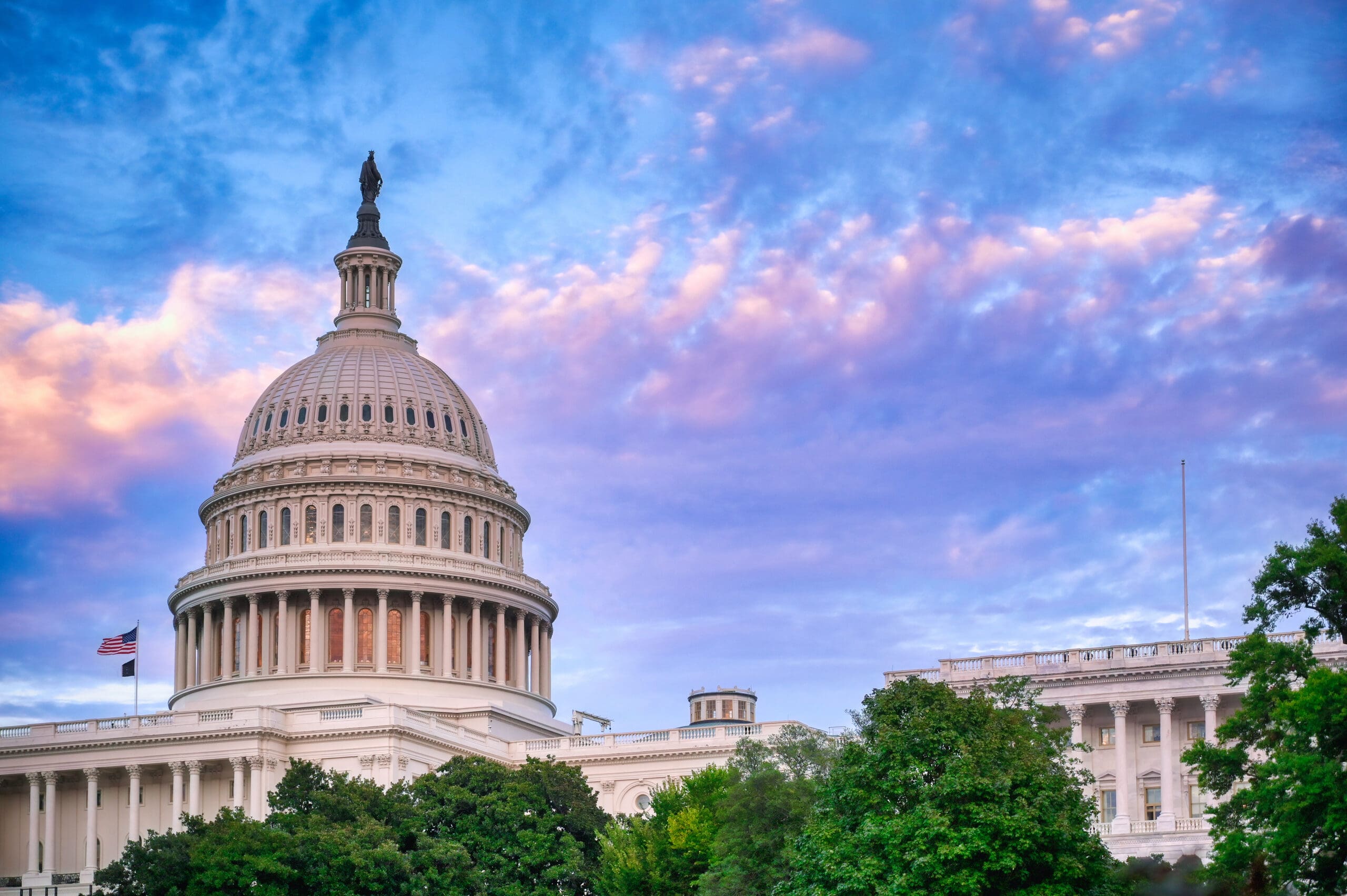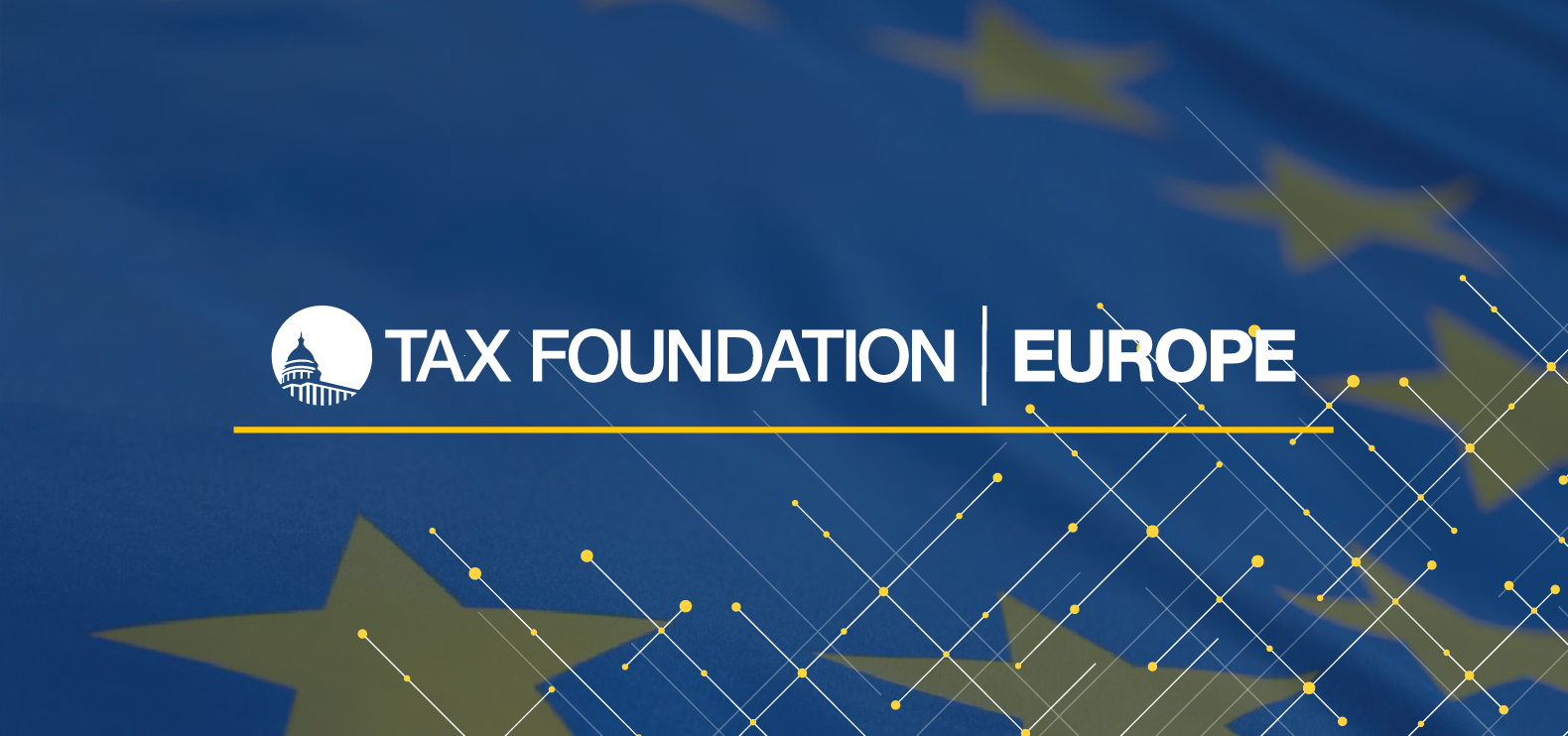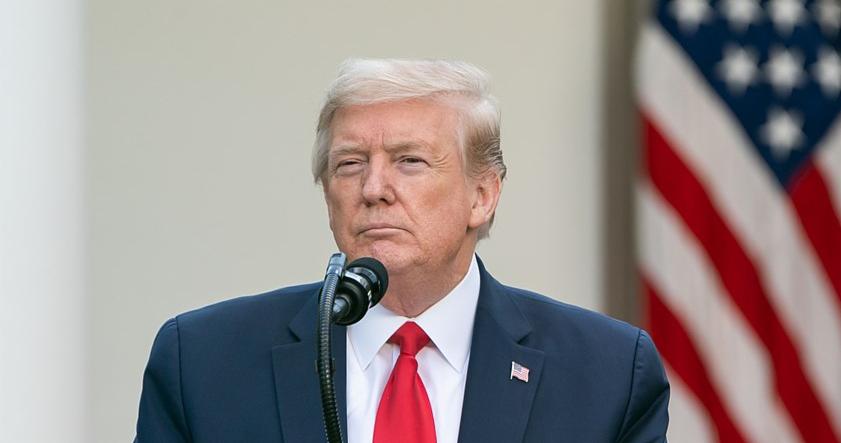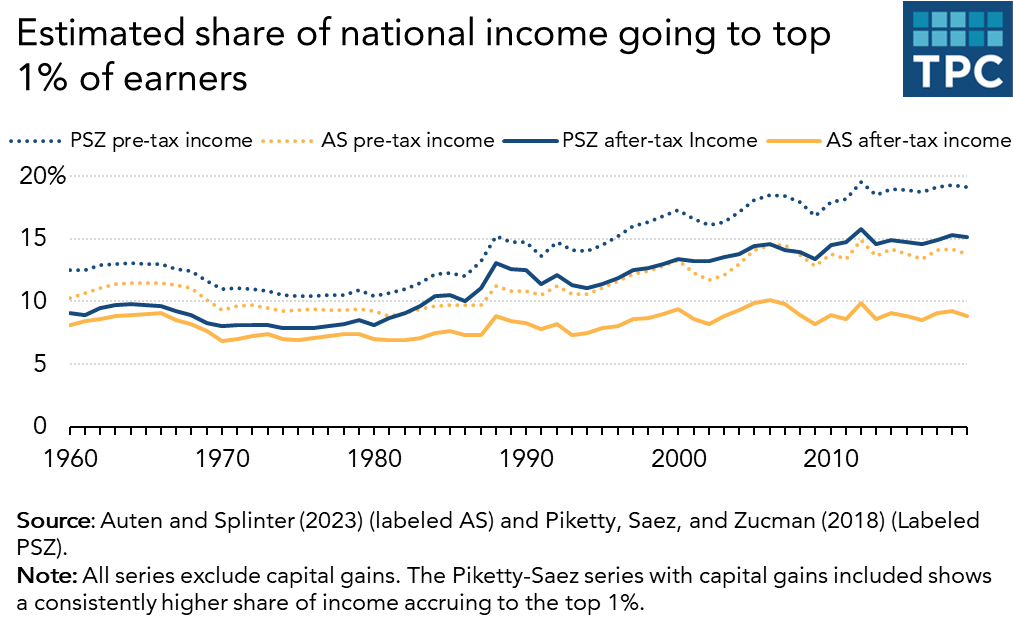Raising Federal Revenues: 10 Less Harmful Options
The next President and Congress will face two fiscal challenges that could require new revenue sources in 2025. First, the federal debt will need to be reduced by 35 trillion dollars. This will require the raising of the debt ceiling in early 2025. Next, lawmakers must address the expiring portions TaxA Tax is a mandatory payment collected by local, State, and National governments from individuals and businesses to cover costs of general government goods, services, and activities.
To avoid adding to the national debt, extending all tax cuts could require more than $4 trillion in offsets over the next decade. While it may be necessary to seal a deal politically, lawmakers should remember that not all revenue-raising methods are created equal. Some methods of raising revenue have more damaging economic consequences than others. Similarly, tax incentives for saving and capital investments are key to increasing productivity and real wages and should be protected.There are ways of raising new revenues that are less economically harmful. Here are 10 suggestions that could generate more than $10 trillion in new revenue over the next ten years. They are presented roughly in order of their political feasibility:
1. Promote economic growth
:
This may seem like a no-brainer, but the economy’s ability to generate more revenues for the Treasury is directly dependent upon lawmakers’ choice of tax policies. According to CBO forecasts, boosting the productivity growth by 0.5 percentage points annually could generate $1.7 trillion over a ten-year period. A lower corporate tax rate,
full expensed allows businesses to immediately deduct all costs of certain investments made in new or improved equipment, technology, or buildings. It eliminates a bias within the tax code, and encourages businesses to invest more. This, in turn, increases worker productivity, boosts wage levels, and creates new jobs.
for capital investments are key to raising long-term productivity.
2. Sell government assets:The federal government owns hundreds of billions worth of assets that it can and should sell off to pay down its debt. This includes millions acres of public land, a large direct loan portfolio and state-owned companies such as Amtrak and the Power Marketing Administration utilities and the Tennessee Valley Authority. CBO estimated that selling two Western Power Marketing Administrations’ transmission assets could raise $2.3 billion. For example, CBO estimated that divesting two Western Power Marketing Administrations of their transmission assets could raise $2.3 billion.
Since there are no recent estimates on the value of these assets, lawmakers should establish an independent asset sale commission (similar to the Base Realignment and Closure Commission ) to prepare these assets for sale and seek the highest bids, which could conceivably raise upwards of $100 billion.
3. Increase user fees and lease royalties
:[BRAC]Lawmakers could raise billions with minimal harm to the economy by increasing user fees for many of the goods and services the federal government provides, such as flood insurance, inland waterways, national parks, the Smithsonian, and loan originations. President Biden’s 2025 budget proposed nearly $26 billion in higher user fees–a reasonable starting point.
Billions more could be raised by opening up more public lands for oil and mineral leasing. Some organizations have estimated federal land, energy and mineral resources at tens of billions, while others have conservatively estimated the sale of such assets could bring in $1.5 trillion.4. Tax certain “untaxed business income”:
For over a century, lax regulations have allowed many nonprofits that are tax-exempt to engage in activities that directly compete with private businesses. Credit unions, rural electricity cooperatives, nonprofit hospitals and insurance firms are all examples. These “nonprofit” businesses should be taxed as any for-profit enterprise.
Moreover, a growing number of nonprofit organizations operate what are ostensibly for-profit enterprises. College sports organizations, for example, earn billions of dollars in tax-free revenue from hosting tournaments and sales of their broadcast rights. Other “nonprofits” such as AARP also earn hundreds of millions in income from royalties, and other commercial sources, tax-free. The federal and state governments levy a corporate income tax (CIT) on business profits.
Raising federal employee benefit contributions
:
As most private employers are doing now, the federal government should ask its employees to contribute more towards their own health care and retirement costs. Raise federal employee benefit contributions
:
As most private employers are now doing, the federal government should ask federal employees to contribute more to their own health care and retirement costs. CBO estimates that federal employees could save upwards of $44billion over the next decade if they were required to contribute to their own retirement. Billions more could be saved if federal employees were required to contribute more to their health insurance premiums.Similarly, CBO reports that “more than 9 million people are eligible to receive health care through TRICARE, a program run by the Department of Defense’s (DoD’s) Military Health System.” Many are working-age retirees not yet eligible for Medicare. A reasonable increase in enrollment fees and cost sharing could raise new revenue and reduce outlay costs.6. Raising the federal
gas taxesA gas tax is a term used to describe a variety of taxes levied both at the federal and state level on gasoline to provide funds for highway repairs and maintenance as well as other government infrastructure projects. These taxes are levied a number of ways, including excise tax per gallon, excise tax imposed on wholesalers and general sales taxes which apply to the purchase gasoline.
:
Since 1993, the federal gas tax has stood at 18.4 cents per gallon, and the diesel fuel tax has been stuck at 24.4 cents per gallon. Neither is indexed to
inflationInflation is when the general price of goods and services increases across the economy, reducing the purchasing power of a currency and the value of certain assets. The same paycheck will cover less goods, bills, and services. It is sometimes called a “hidden” tax, as it makes taxpayers less wealthy due to increased costs and “bracket-creep”, while increasing government spending power.
. The federal highway trust fund will run out of money in 2028, because highway spending is far greater than the tax revenues. CBO estimates that indexing the federal gas tax to inflation and increasing it by 15 cents could raise $240 billion in a decade, and help shore up the trust funds. The gas tax could also be replaced with a vehicle mileage tax, which would function as a much more accurate
user fees. A user fee is a charge that the government imposes to cover the costs of providing a public good or service. A user fee is not the same as a tax. However, some taxes are labeled or look similar to user fees.
Eliminate industry subsidies and targeted tax preferences. Eliminate industry subsidies and targeted tax preferences:The tax code subsidizes many industries and special interests in ways that distort markets and provide unwarranted benefits. These subsidies include
tax exemptions. A tax exemption is a way to exclude certain income, revenue or even taxpayers entirely from tax. The Internal Revenue Service (IRS) grants tax-exempt status to nonprofits that meet certain requirements. This allows them to avoid paying income tax.
is for credit unions. Tax credits are available for electric vehicles, green energy projects, tax exempt bonds, Opportunity zones, new market tax credits and low-income housing. Removing these unjustified subsides could raise substantial revenue and reduce lobbying. The green energy credits would generate upwards of $1 trillion in revenue over a ten-year period. Add another $700 billion to this by eliminating housing credits and the other preferences mentioned.8. Expand the tax base for income The tax base is all income, property, assets and consumption. A narrow tax base has a negative impact and is inefficient. A broad tax base allows for lower tax rates and reduced administration costs.
:
Not all tax preferences are created equal, but from an economic perspective, eliminating tax preferences produces less harm than increasing marginal tax rates.Lawmakers can start by eliminating itemized deductions. The expanded
standard deductibility has led to only 9 percent of taxpayers itemizing their deductions. The standard deduction was nearly doubled by the 2017 Tax Cuts and Jobs Act to encourage taxpayers to not itemize their deductions.
is a reference to the Tax Cuts and Jobs Act. Most itemizers have high incomes. According to data provided the Joint Committee on Taxation, taxpayers earning more than $100,000 claim 97 per cent of the charitable deduction and roughly 90 per cent of the state-local tax deductibility. A tax deduction is an arrangement that reduces your taxable income. Standard deductions are a single, fixed amount deduction. Itemized deductions tend to be popular with higher-income tax payers, who have significant deductible expenses such as state and municipal taxes, mortgage interest and charitable contributions.
The mortgage interest deduction is a deduction itemized for interest paid on mortgages. It reduces the taxable income of households and, therefore, their total tax paid. The Tax Cuts and Jobs Act, or TCJA, reduced the amount of the principal and limited which loans qualified for the deduction.
.CBO estimates that eliminating all itemized deductions–effectively subjecting all taxpayers to the standard deduction–could raise more than $2.5 trillion over a decade, similar to recent Tax Foundation estimates. More could be raised by also eliminating the SALT deduction for corporations as a means of maintaining parity between individuals and businesses.9. Increase Medicare premium contributions
:
Increasing premiums and co-payments for Medicare benefits is not likely to be politically popular, but asking seniors to contribute more toward this near-bankrupt health insurance program would be far less harmful to the economy than a broad-based income tax. Even if these policies are means-tested, it could add some market discipline to a system with little. CBO estimates that increasing the Medicare Part B premium to 35 percent and freezing income-related premiums could raise $448 billion in 10 years. (Congress’s arcane rules on budgeting count these payments as a decrease in mandatory spending and not new revenue, but the effect is still the same.)10. Tax employer–provided health care benefits:The exemption from income and payroll taxes for employer-provided health insurance is the single largest tax preference, amounting to roughly $5.2 trillion over 10 years according to the Office of Management and Budget. The “double-non tax income” is unique because it is not taxed by employees and is deductible by employers. Thus, this benefit is completely outside of the tax system.Moreover, the exemption disproportionately benefits high-income workers and those working at large employers, and ties workers to their jobs out of fear of losing health insurance. Taxing the currently untaxed employee benefits would be a good policy, and employers would shift more compensation into cash. Alternatively, CBO offers various ways to partially tax these benefits.
Conclusion
If lawmakers are convinced that new revenues must be part of any long-term effort to solve the budget crisis or offset the cost of extending the TCJA, they must choose the least harmful ways of raising new revenues or else risk undermining their efforts by slowing economic growth. The above list is not complete, but should provide lawmakers with some guidelines on how to avoid the worst revenue options. Stay informed on the tax policies impacting you.
Subscribe to get insights from our trusted experts delivered straight to your inbox.






